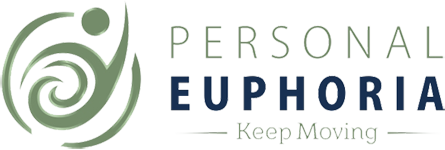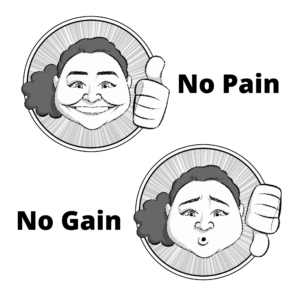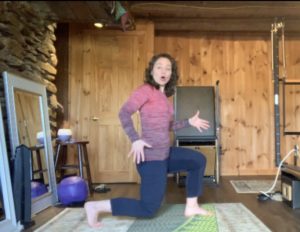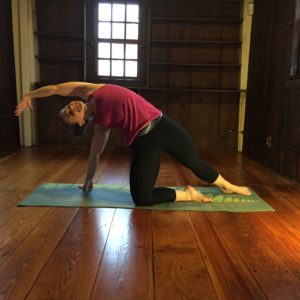Stiff Neck
 September is Pain Awareness Month. And, sadly, a fifth of us are dealing with chronic pain. Often pain can make us afraid to move. We don’t know what we should do. We worry about making it worse. But research shows movement is almost always the better option. Lack of movement tends to create more pain.
September is Pain Awareness Month. And, sadly, a fifth of us are dealing with chronic pain. Often pain can make us afraid to move. We don’t know what we should do. We worry about making it worse. But research shows movement is almost always the better option. Lack of movement tends to create more pain.
The exception would be an acute injury. If you got in a car accident and got whiplash yesterday, you would want to talk with your doctor before moving. But even after many surgeries, doctors have patients up and moving the same day. Our body needs movement the way it needs food and water.
Let’s consider the common problem of a stiff neck from when you’ve slept “wrong.” Your range of motion is likely restricted. So here are some steps to take:
1) Do an assessment. 2) Add micromovements. 3) If that feels okay, add some gentle stretches.
First you are going to nod your head up and down like you are saying “Yes” about 5 times, and then turn left and right like you are saying “No.” Force nothing. Notice what your range of motion is and the moment you […]



